In July 1518 the painter Sebastiano del Piombo wrote to Michelangelo about his Raising of Lazarus: ‘I have kept it for so long because I do not want Raphael to see mine until he has delivered his.’ This sentence appears in one of the 10 letters between the two artists which are included in the exhibition ‘Michelangelo & Sebastiano’ at the National Gallery in London. The relationship between Michelangelo and Sebastiano was an intricate one at best. As the curator of the exhibition, Matthias Wivel, has written: ‘the years of Michelangelo’s and Sebastiano’s closest collaboration…were marked by stress, uncertainty and intrigue, but also by intensive creative exchange and exhilarating artistic achievement.’ As the letter attests, Michelangelo and Sebastiano joined forces not only because of an interest in each other’s art, but predominantly to counteract their common rival in Rome, Raphael.
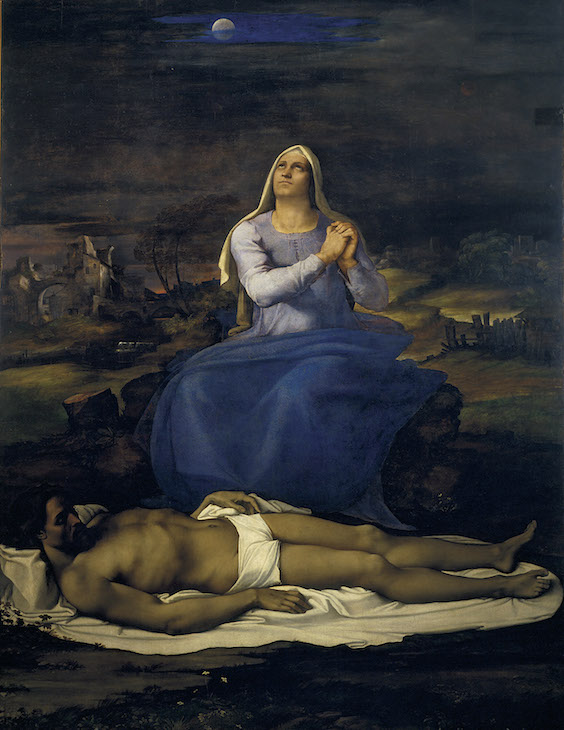
Lamentation over the Dead Christ (‘Pietà’) (c. 1512–16), Sebastiano del Piombo, after partial designs by Michelangelo. Museo Civico, Viterbo. © Comune di Viterbo
Michelangelo and Sebastiano met in Rome in 1511. The Florentine sculptor was 10 years older and had already lived in Rome, while the younger Sebastiano had only recently moved to the city in the entourage of Agostino Chigi. How different the two artists were is demonstrated in the first room of the exhibition, where early masterpieces by both are on display. Michelangelo came from Medici Florence, where he had worked as a sculptor and as a painter, while Sebastiano had trained in Venice, in the shadow of Giorgione. Michelangelo in his early career is represented by his Manchester Madonna (c. 1497) and by the Taddei Tondo (c. 1504–05). Sebastiano in Venice had painted among the most lyrical works of the early 1500s, but also monumental paintings, such as the organ shutters for San Bartolomeo, and the complex Kingston Lacy Judgement of Solomon (1505–10). The union between these two artists provided the ideal combination of Michelangelo’s Florentine disegno and Sebastiano’s Venetian colore.
The achievement of an exhibition of this kind requires the movement of extremely difficult loans and the acknowledgment that other works would be impossible to move. Out of Michelangelo’s collaboration with Sebastiano three masterpieces were born: the Pietà for the church of San Francesco in Viterbo (1512–16), the Raising of Lazarus (1517–19), and the Borgherini Chapel in San Pietro in Montorio in Rome (1516–24). The curatorial dilemma of how to develop an exhibition around these three works has been brilliantly resolved. The National Gallery, of course, is the only museum where a project of this kind could be attempted; the Raising of Lazarus is one of the largest works in its collection and one that does not, understandably, travel. In the central room of the exhibition, Wivel has gathered not only letters about its commission and execution, but also four preparatory drawings, by both Michelangelo and Sebastiano. The altarpiece has been dazzlingly reframed by Peter Schade, the gallery’s own framing prodigy, who has reconstructed a new frame for the painting based on remnants of the original in Narbonne. Other comparative works are included in the room, together with the deeply problematic Vich tryptic.
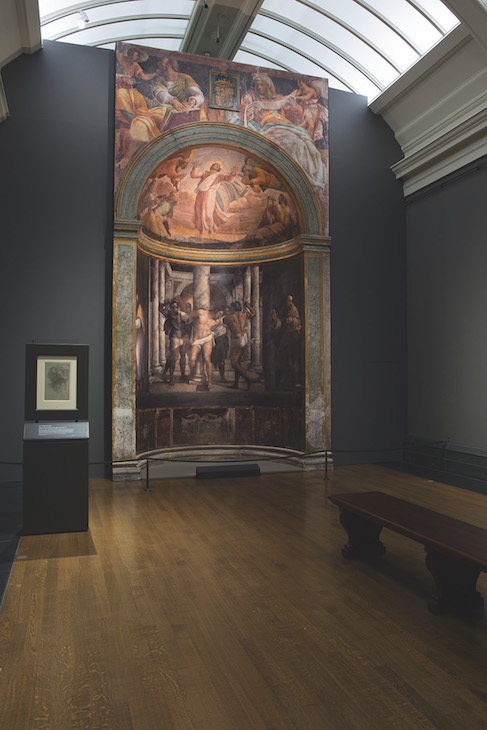
Borgherini Chapel reconstruction by Factum Arte, installation view, National Gallery, London.
The star of the exhibition is the Viterbo Pietà. The loan of a large panel of this kind is fully justified by the exceptional circumstances of an exhibition of this type. The show is a unique opportunity to view the altarpiece under ideal conditions and to compare it with its preparatory drawing by Michelangelo (and possibly retouched in ink by Sebastiano) from the Albertina in Vienna. The Pietà is also cleverly juxtaposed with a cast of Michelangelo’s Vatican Pietà. The use of casts in the exhibition is stimulating; with the impossibility of loans of originals, faithful casts can make strong points. In the second room of the exhibition Michelangelo’s Pietà can be viewed in a way that would be impossible in St. Peter’s. The relationship between the marble Pietà and Sebastiano’s altarpiece is immediately apparent upon entering the room. A titanic Madonna has placed the dead body of her son – surely the most beautiful and poignant figure Sebastiano ever painted – on the floor, and both figures are shrouded in the gloomiest of nights. Vasari praised the ‘tenebrous landscape’ (paese tenebroso) in the painting and it is worth noting that after the unveiling of Sebastiano’s painting, suddenly night descended on art in Rome. When, in 1518, Raphael displayed his Holy Family and Saint Michael for the King of France, Sebastiano wrote to Michelangelo: ‘I will only say that they seem like figures passed through smoke, or even iron figures that gleam, all light and all dark.’
In the case of the Borgherini Chapel, a full, three-dimensional replica has been created by Factum Arte and affords the backdrop to the seven preparatory drawings for it and to Borgherini’s own handsome portrait by Sebastiano. A cast of Michelangelo’s Risen Christ from Santa Maria sopra Minerva provides the logical juxtaposition to the recently rediscovered, and much reworked, first version of the same sculpture from Bassano Romano, displayed with a dazzling selection of drawings.
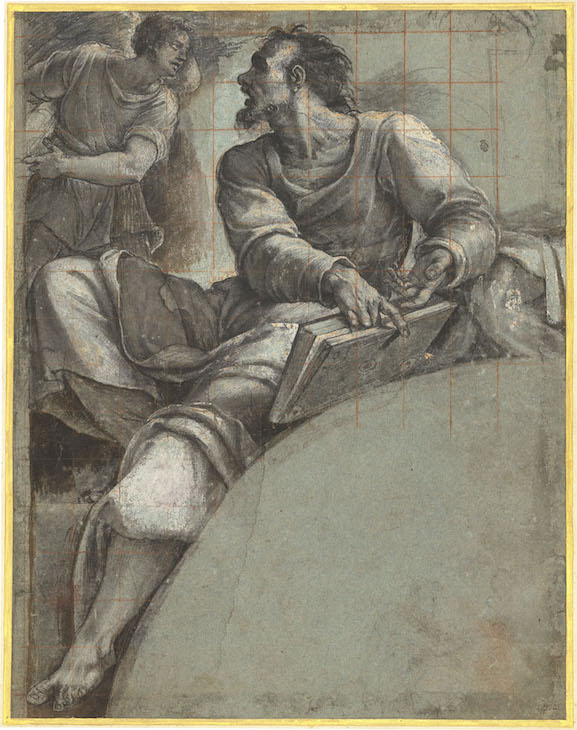
Study for the prophet Ezekiel (c. 1517), Sebastiano del Piombo. National Gallery of Art, Washington, D.C.
Except in a few highlights during the reign of Clement VII, such as his chilling portrait of the pope from Capodimonte, Sebastiano’s twilight is apparent in the late 1520s and early 1530s. The Sack of Rome, in 1527, was partly to blame. In February 1531, the painter was writing to Michelangelo: ‘I still don’t feel I am the same Bastiano that I was before the Sack; I still don’t feel in my right mind.’ The relationship between the two artists broke down over Michelangelo’s execution of the Last Judgement in 1535–36, and Sebastiano was awarded the lucrative office of Keeper of the Papal Seals (Piombatore) in November 1531. Vasari thought that the end of Sebastiano’s career was linked to his idleness – he described him as ‘infingardo e negligentissimo’ – but, clearly, Sebastiano was never the same after the Sack. Writing to his friend, in 1531, Sebastiano mused: ‘If you saw me dressed as a friar, I am sure it would make you laugh.’ He was not an artist any more, he was now ‘il più bel fratazo de Roma’ – the finest friarlad in Rome.
‘Michelangelo & Sebastiano’ is at the National Gallery, London, until 25 June.
From the May 2017 issue of Apollo: preview and subscribe here.
Unlimited access from just $16 every 3 months
Subscribe to get unlimited and exclusive access to the top art stories, interviews and exhibition reviews.

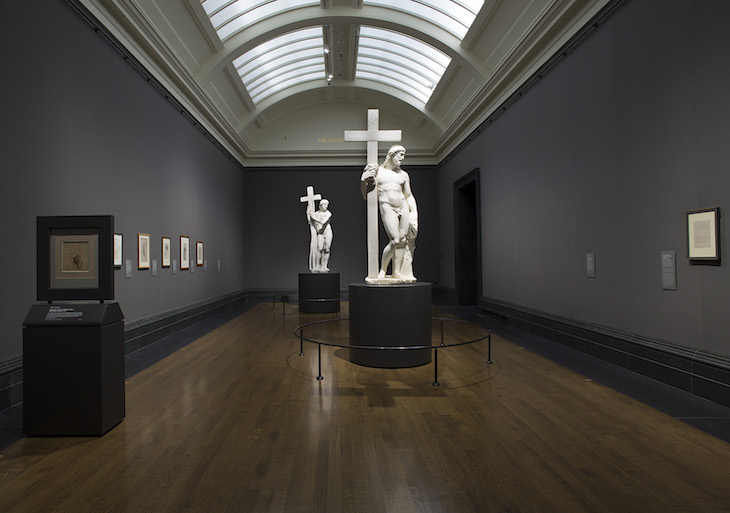
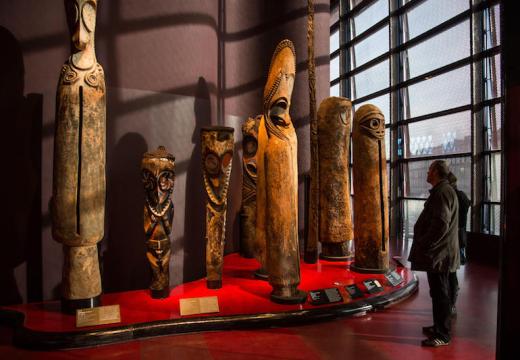
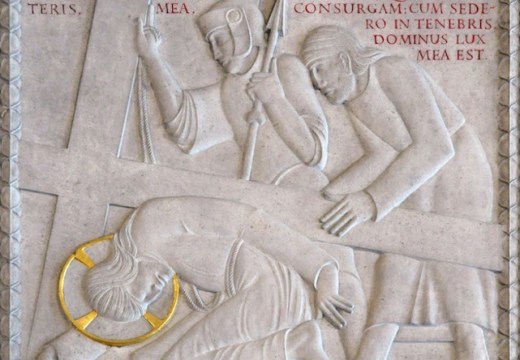
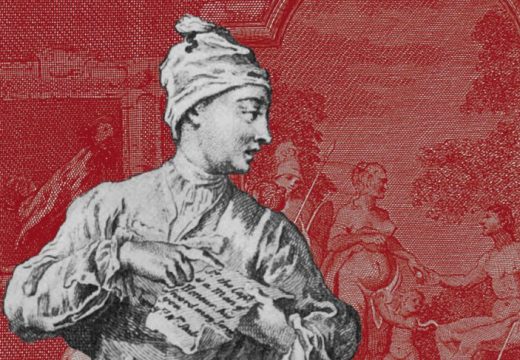









![Masterpiece [Re]discovery 2022. Photo: Ben Fisher Photography, courtesy of Masterpiece London](http://www.apollo-magazine.com/wp-content/uploads/2022/07/MPL2022_4263.jpg)
It’s time for the government of London to return to its rightful home